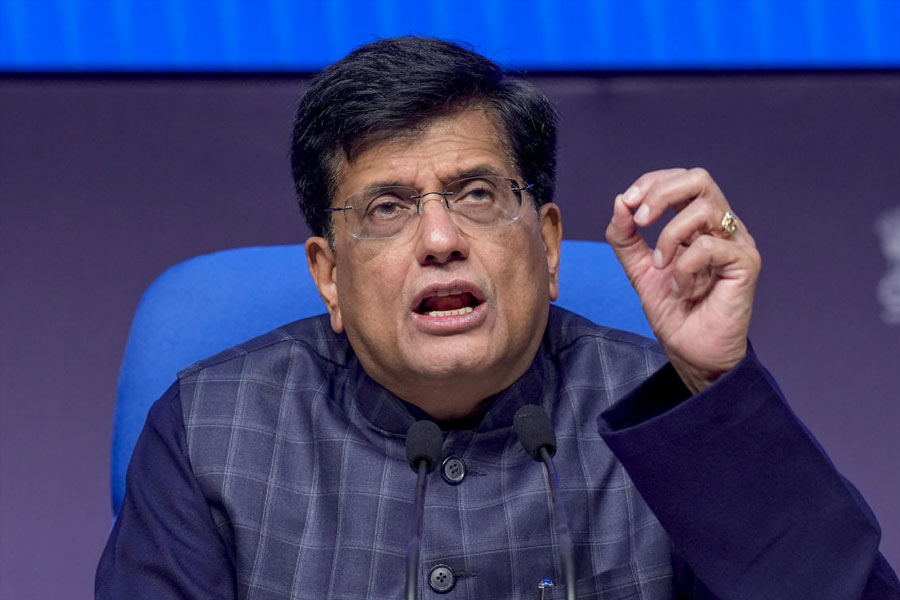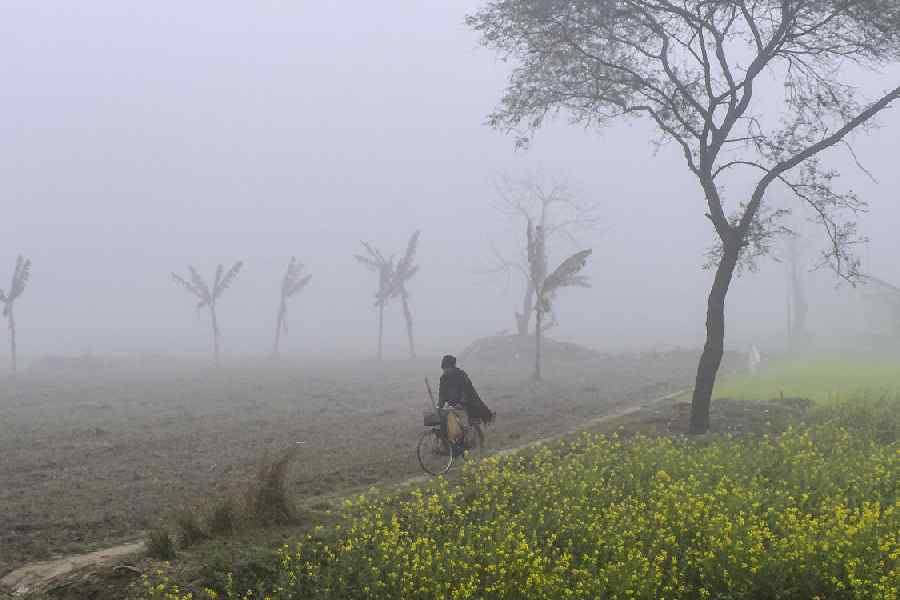 |
Guess who’s hijacked the debate on minimum wages, long the prerogative of low-income, developing countries? It’s now become a hot button topic in the US and the UK.
In the UK, the Low Pay Commission has submitted its final recommendations to the government. It has suggested a hike in the minimum wage for adults from ?5.05 to ?5.35 an hour, an increase of 5.9 per cent.
There’s been a howl of protest from businesses. According to the British Chambers of Commerce, there has been a “haemorrhaging of jobs in the manufacturing sector and elsewhere”. An increase in minimum wages will speed up the process. Says the Sunday Times: “The minimum wage was introduced in 1999 at ?3.60 an hour for adults and ?3 for 18-21 year-olds. It has since been increased more rapidly than inflation and average earnings.”
In the US, state after state has been announcing increases in minimum pay, amid much opposition from employers. In Tennessee, some 78 per cent of the members of the National Federation of Independent Businesses have opposed a suggestion that the state adopt a minimum wage higher than the Federal minimum wage of $5.15 an hour.
It is a big issue in other developed countries too. In New Zealand, the Department of Statistics Quarterly Employment Survey shows that in November 1989, the average worker earned $529.98 a week. In June 2005, the average weekly income was $592, an increase of only 11.7 per cent in 16 years. The minimum wage rate, on the other hand, was $5.875 an hour in 1989. In 2005, it was $9.50, an increase of 61.7 per cent over the same period. The unions, however, say that the response of business has been to increase the number of people on minimum wages and reduce investment.
In Europe, the German government is likely to introduce a minimum wage to counter dipping salaries. The debate here is not over the wage itself, but the timing and the quantum. Workers say they need at least 6 to 7 Euros an hour. Economists say six is adequate. But the unions are insisting 7.5.
It is no one’s case that a minimum wage (first introduced by the Minimum Wages Act of 1948) has become irrelevant in India. One has only to look at the minimum wage levels to see how absurd this is. In absolute terms ? see table on agricultural workers ? Indians are getting a pittance. And we can leave the Purchasing Power Parity (PPP) arguments to those who sit in ivory towers and are unaware of the poverty on the ground.
But the growing debate on minimum wages in the developed world is another pointer to what is happening today. Jobs are moving to India and China. In a free market, it is inevitable that the salaries in the West will come down and those in India and China will go up. It may take a couple of decades, but the gap will disappear (and not just in PPP terms).
That is when the comparison will move to skills, talents and abilities. Several studies have shown that MNCs come to India to save on costs. They expand because the quality of people they can get is far superior to what is available in their home countries. President George Bush has been making waves in India, so check it out at his level. In the intelligence stakes, would you rather back him or Indian President A.P.J. Abdul Kalam?
Minimum wages for agricultural workers
Andhra Pradesh 30.00
Arunachal Pradesh 39.87
Assam 51.92
Bihar 41.00
Chandigarh 95.60
Delhi 99.70
Goa 58.00
Gujarat 34.00
Haryana 75.84
Himachal Pradesh 55.00
Jammu & Kashmir 30.00
Karnataka 51.63
Kerala 30.00
Madhya Pradesh 50.90
Maharashtra 45.00
Manipur 60.15
Meghalaya 50.00
Mizoram 70.00
Nagaland 45.00
Orissa 42.50
Punjab 82.08
Rajasthan 60.00
Tamil Nadu 54.00
Tripura 45.00
Uttar Pradesh 58.00
West Bengal 55.25
Source: Government of India Labour Bureau: comparative minimum wage rates prevailing in scheduled employments as on December 31, 2001. A report for 2002 has also been published but it leaves out several states.
The national minimum wage is Rs 66.










